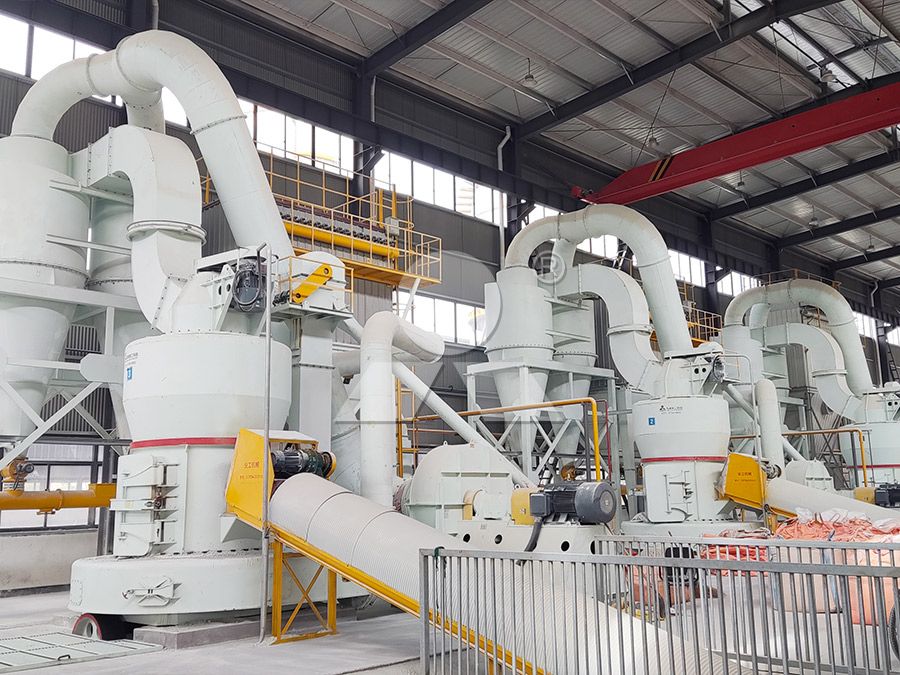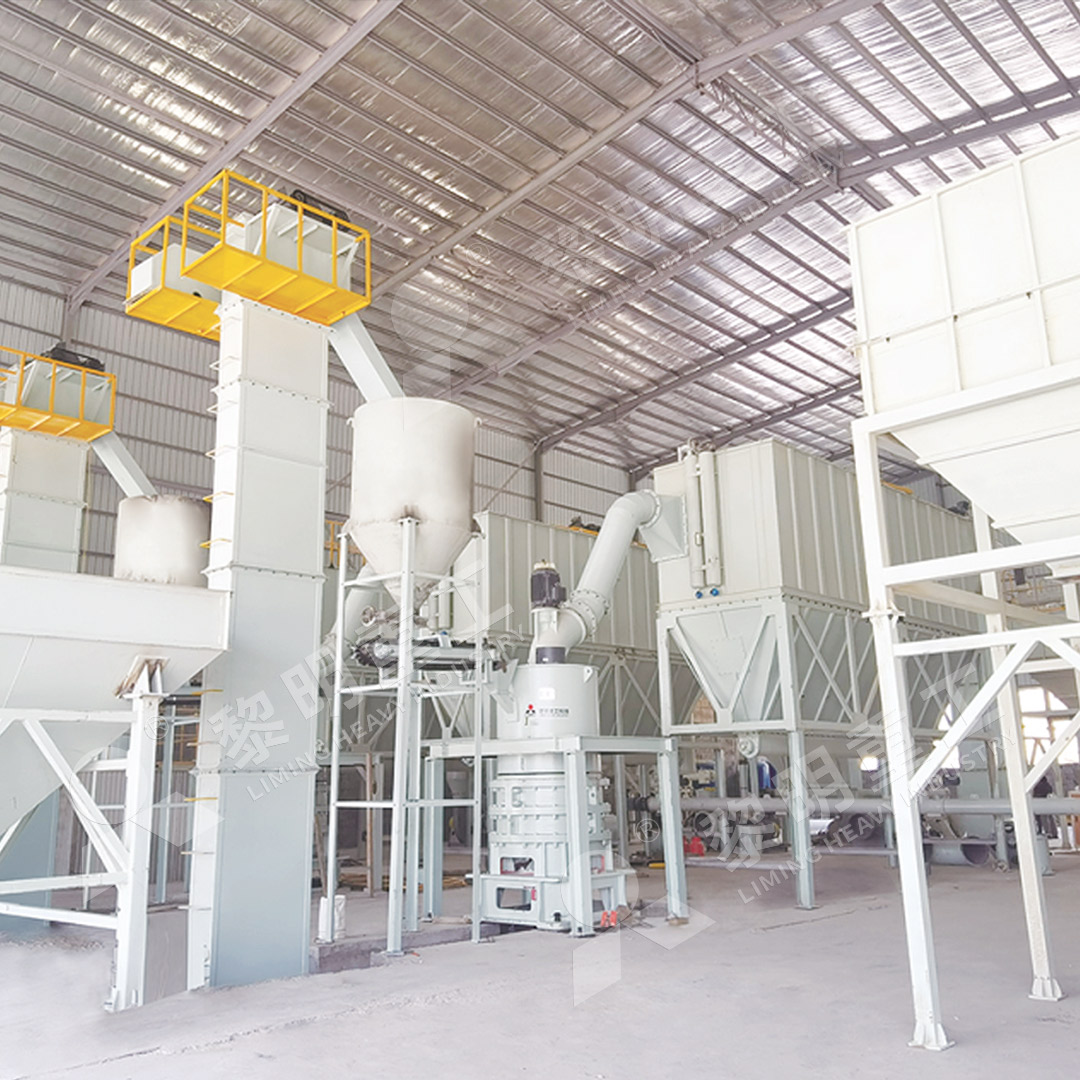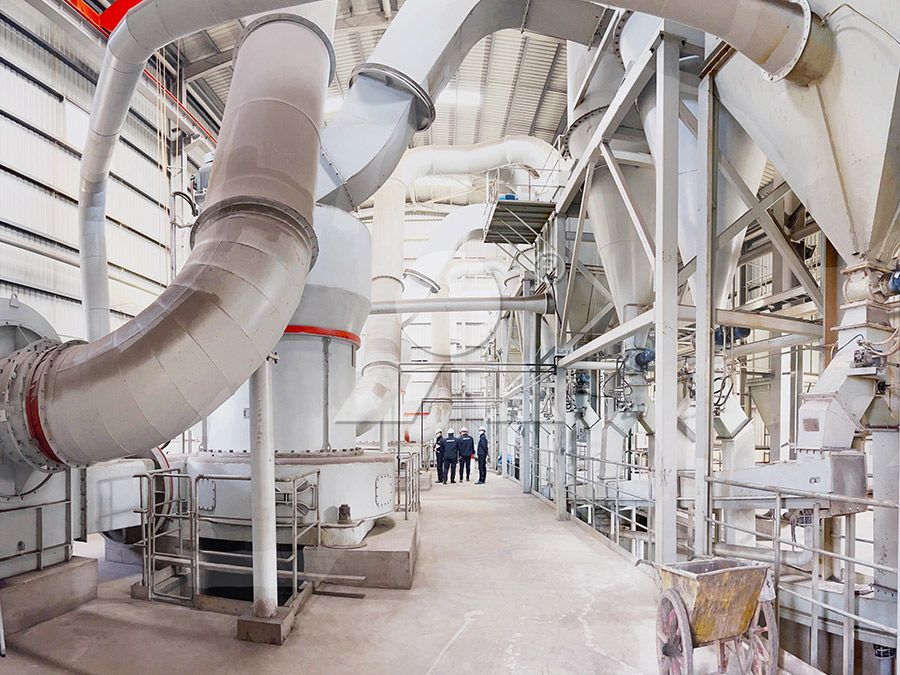Raymond Mill for Grinding Pyroxenite Rock
Unlocking the Potential of Pyroxenite Rock Through Advanced Grinding Technology
Pyroxenite rock, a coarse-grained igneous rock composed primarily of pyroxene minerals, presents unique challenges for industrial processing operations. Its hardness, abrasiveness, and variable composition demand robust and efficient grinding solutions to transform this raw material into valuable industrial products. For decades, Raymond Mill technology has served as the workhorse for such applications, but recent advancements have revolutionized what’s possible in pyroxenite processing.

The Pyroxenite Grinding Challenge
Processing pyroxenite requires equipment capable of handling materials with Mohs hardness typically ranging from 5 to 6.5, with some varieties containing even harder mineral components. Traditional grinding approaches often struggle with the abrasive nature of these rocks, leading to excessive wear on mechanical components and inconsistent particle size distribution in the final product. The ideal grinding solution must balance production efficiency with operational costs while maintaining precise control over output fineness.
Modern industrial applications demand pyroxenite powders with specific particle size distributions for use in construction materials, agricultural supplements, and various manufacturing processes. Achieving these specifications consistently requires more than basic crushing equipment—it demands sophisticated milling technology designed for hard, abrasive materials.
Evolution of Raymond Mill Technology
The traditional Raymond Mill established itself as a reliable solution for mineral processing, but technological evolution has produced far superior alternatives for challenging materials like pyroxenite. While conventional Raymond Mills handle materials with input sizes below 25mm and capacities up to 5 tph, newer generations of grinding equipment offer significantly enhanced performance metrics.
For operations requiring ultra-fine pyroxenite powders, our MW Ultrafine Grinding Mill represents a technological leap forward. With an input size capability of 0-20 mm and capacity ranging from 0.5 to 25 tph, this advanced system outperforms traditional approaches while addressing the specific challenges posed by pyroxenite’s abrasive characteristics.

Technical Advantages for Pyroxenite Processing
The MW Ultrafine Grinding Mill incorporates several proprietary technologies that make it particularly suitable for pyroxenite applications. Its newly designed grinding curves for the roller and ring assembly enhance grinding efficiency significantly. Independent testing confirms production capacity increases of up to 40% compared to jet grinding mills and stirred grinding mills, with yield doubling that of traditional ball mills. Meanwhile, system energy consumption drops to just 30% of jet grinding mill requirements.
For pyroxenite operations requiring precise fineness control, the MW series offers adjustable fineness between 325-2500 meshes through its advanced German cage-type powder selector technology. This capability ensures operators can produce exactly the particle size distribution required for their specific application, whether for construction materials requiring coarser fractions or industrial applications demanding ultra-fine powders.
Operational Reliability and Environmental Compliance
Pyroxenite processing facilities face increasing pressure to minimize environmental impact while maintaining production efficiency. The MW Ultrafine Grinding Mill addresses these concerns through its innovative design that eliminates rolling bearings and screws within the grinding chamber. This engineering decision prevents common failure points and eliminates machine damage from loose screws—a frequent issue when processing hard, abrasive materials.
The integrated pulse dust collector system ensures no dust pollution occurs during operation, while silencers and noise elimination rooms reduce acoustic impact. These features combine to create a production environment that fully complies with national environmental protection standards without compromising processing capacity.

Beyond Traditional Raymond Mills: Vertical Grinding Solutions
For operations requiring different throughput characteristics, our LUM Ultrafine Vertical Grinding Mill presents another sophisticated option. With input size handling up to 10mm and capacity between 5-18 tph, this system incorporates the latest Taiwanese grinding roller technology and German powder separating technology. Its unique roller shell and lining plate grinding curve design generates material layers more effectively, enabling high rates of finished products through single-pass powder milling.
The LUM series particularly excels in applications where product whiteness and cleanliness are critical factors. By avoiding materials’ long lingering time and repeated grinding—common issues with traditional mills—it significantly reduces iron contamination while enhancing the working efficiency of the grinding process.
Implementation Considerations
Selecting the appropriate grinding technology for pyroxenite processing requires careful analysis of production requirements, available infrastructure, and final product specifications. Operations prioritizing ultra-fine powders with maximum energy efficiency will find the MW Ultrafine Grinding Mill ideally suited to their needs. Facilities with space constraints or specific vertical integration requirements may prefer the LUM Ultrafine Vertical Grinding Mill’s compact footprint and advanced separation capabilities.
Both systems benefit from digitalized processing with numerically controlled operations for cutting, bending, planing, milling, and paint spraying. This manufacturing precision, particularly for core components, ensures consistent performance and extended operational life—critical factors when processing abrasive materials like pyroxenite.
Frequently Asked Questions
What makes pyroxenite particularly challenging to grind?
Pyroxenite’s combination of hardness (typically 5-6.5 Mohs), abrasiveness, and variable mineral composition creates significant wear on grinding components and can lead to inconsistent particle size distribution without proper equipment.
How does the MW Ultrafine Grinding Mill improve upon traditional Raymond Mills for pyroxenite applications?
The MW series offers 40% higher production capacity than jet grinding mills, twice the yield of ball mills, and 70% lower energy consumption compared to jet mills. Its advanced powder selection system provides precise fineness control between 325-2500 meshes.
What environmental benefits do these advanced grinding systems provide?
Integrated pulse dust collectors eliminate dust pollution, while silencers and noise elimination rooms reduce acoustic impact. The systems operate fully within national environmental protection standards.
How does the absence of rolling bearings in the grinding chamber improve reliability?
This design eliminates concerns about bearing damage or sealing part failures, and prevents machine damage from loose screws—common issues when processing abrasive materials like pyroxenite.
What production capacities can be expected when grinding pyroxenite?
The MW Ultrafine Grinding Mill handles 0.5-25 tph with input sizes of 0-20mm, while the LUM Ultrafine Vertical Grinding Mill processes 5-18 tph with 0-10mm input sizes, depending on specific pyroxenite characteristics and desired fineness.
